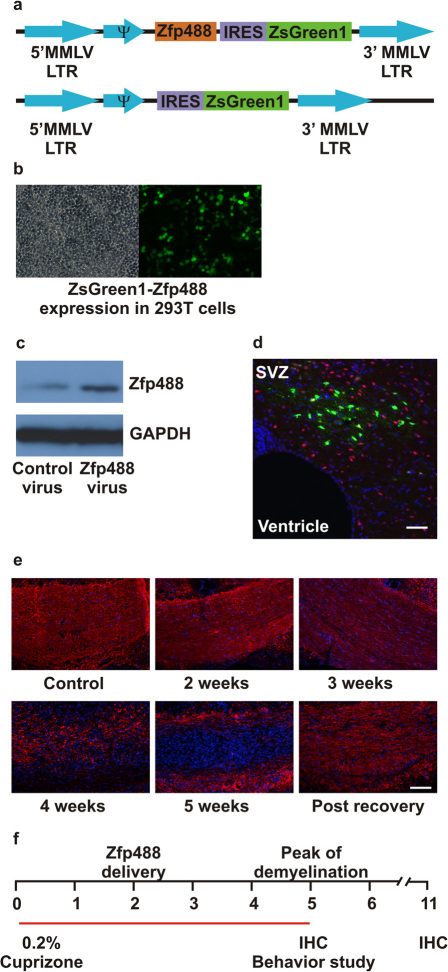Figure 1. Experimental design and retroviral vector construction.
(a) Schematic showing retroviral constructs, both empty vector (control) and with an insert coding for mouse Zfp488. After transduction, a Moloney murine leukemia virus (MMLV) long terminal repeats (LTR) drives Zfp488 expression. The vectors also express the fluorescent protein ZsGreen1 after an IRES to enable their identification and tracking. This promoter is not active in progenitor cells due to expression of a specific repressor element, but is transcribed once these cells start to differentiate. (b) ZsGreen1 fluorescence in Zfp488-overexpressing HEK 293T cells. (c) Western blots of Zfp488 retrovirus transduced HEK 293T lysate showing increased expression of Zfp488. (d) Representative Olig2 (red) immunolabeled image of the white matter adjoining the SVZ, 3 weeks after retrovirus injection, showing the distribution and integration of ZsGreen positive cells in mice that were not treated with cuprizone. (e) Images showing demyelination of the corpus callosum at different time points after cuprizone treatment. Sections were stained for myelin basic protein (MBP, red) and DAPI (blue). (f) For all experiments, two groups of mice were fed a 0.2% cuprizone diet for a period of 5 weeks. At two weeks, intracerebral injections into the SVZ of either control or Zfp488 expressing-retroviruses were carried out using a stereotaxic frame. After 5 weeks, mice in group I were used for behavior analysis and immunohistochemical characterization. Mice in group II were allowed to recover for an additional 6 weeks on normal diet without cuprizone. After the 6-week recovery period, tissues were collected to examine for the long-term survival of the retrovirus transduced-differentiated cells. Scale bar, 100 μm.

